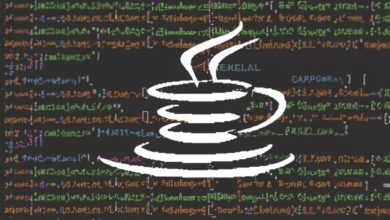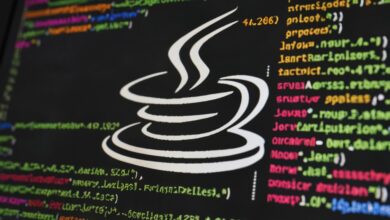
Java (programming language)
Java programming introduction for beginners
Why Learn Java?
- Versatility: Java powers diverse applications, from web development and mobile apps to desktop software and enterprise systems.
- Object-Oriented Paradigm: Java’s object-oriented structure promotes code reusability, maintainability, and scalability.
- Platform Independence: Java’s “write once, run anywhere” philosophy allows code to execute seamlessly across different platforms.
- Large Community and Resources: Benefit from a vast community of Java developers, extensive libraries, and comprehensive documentation.
Setting Up the Environment
- Install the Java Development Kit (JDK): Download and install the latest JDK from Oracle’s website.
- Choose an IDE (Integrated Development Environment): Popular options include Eclipse, IntelliJ IDEA, and NetBeans. IDEs provide features like code completion, debugging, and project management.
- Set up a text editor (optional): If you prefer a simpler approach, use a text editor like Notepad++ or Sublime Text.
Basic Structure of a Java Program
Java
public class MyFirstJavaProgram {
public static void main(String[] args) {
// Code goes here
System.out.println("Hello, world!");
}
}
- Classes: Blueprints for creating objects, defining their properties (variables) and behaviors (methods).
- Methods: Collections of code blocks that perform specific tasks.
- main() method: The entry point of a Java program, where execution begins.
- System.out.println(): Prints output to the console.
Variables and Data Types
- Variables: Containers for storing data values.
- Data Types: Specify the kind of data a variable can hold (e.g., int for integers, double for decimals, String for text).
Java
int age = 25;
double price = 19.99;
String name = "Alice";
Operators
- Arithmetic Operators: Perform calculations (e.g., +, -, *, /, %).
- Comparison Operators: Compare values (e.g., ==, !=, <, >, <=, >=).
- Logical Operators: Combine conditions (e.g., && for “and”, || for “or”, ! for “not”).
Conditional Statements
- Control the flow of execution based on conditions:
Java
if (age >= 18) {
System.out.println("You are eligible to vote.");
} else {
System.out.println("You are not eligible to vote.");
}
Loops
- Repeat code blocks:
Java
for (int i = 0; i < 5; i++) {
System.out.println("The value of i is: " + i);
}
Methods
- Organize code into reusable blocks:
Java
public static void greet(String name) {
System.out.println("Hello, " + name + "!");
}
Arrays
- Store multiple values of the same data type:
Java
int[] numbers = {1, 4, 2, 8};
Classes and Objects
- Create custom data types:
Java
public class Person {
String name;
int age;
}
Getting Started with Java
- Experiment with code: Practice writing and running simple programs.
- Explore online resources: Utilize tutorials, documentation, and forums.
- Engage with the community: Participate in discussions and seek help when needed.
- Build small projects: Apply your knowledge to create basic applications.
Conclusion
Java offers a robust and versatile foundation for programming. Embrace its object-oriented principles, explore its rich features, and embark on a journey of creating dynamic and impactful applications.




